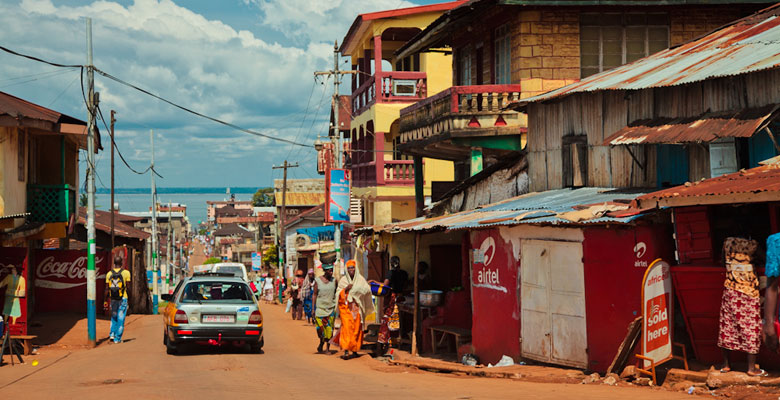Access to antiretroviral treatment is worryingly low in West and Central Africa, with little priority given to HIV in the region, according to a report from Médecins Sans Frontières (MSF). Currently, just 24% of people have access to treatment in the region, which accounts for one in five new infections worldwide.
Globally, big improvements have been made in increasing access to lifesaving HIV treatment. 16 million people were put on HIV treatment between 2000 and 2015, resulting in a 35% decrease in AIDS-related deaths. Most of these gains have been made on the African continent, where the need is greatest.
However, it has become apparent that some populations and regions are being left behind. Dr Eric Goemaere from MSF said that the needs of West and Central Africa are massive: “The converging trend of international agencies to focus on high-burden countries and HIV ‘hotspots’ in Sub-Saharan Africa risks overlooking the importance of closing the treatment gap in regions with low antiretroviral coverage.”

HIV prevalence across West and Central Africa – a region comprising 25 countries with relatively small populations – is low compared to Southern Africa. However, the regional prevalence of 2.3% is still nearly three times the global average, and some countries in the region have an HIV prevalence of above 5%, the marker for a ‘high prevalence’ country.
Governments here are struggling to get people on treatment, contributing to high levels of mortality and morbidity, and hampering efforts to curb the epidemic. HIV testing levels are also very low. As such, the region accounts for 21% of all new HIV infections, 27% of all HIV-related deaths and 45% of all children born with HIV globally.
The report highlights stigma and discrimination, low visibility and lack of prioritisation of HIV, weak health systems, and other humanitarian crises, such as Ebola, as the main reasons behind the lack of commitment to treatment scale-up in the region.
According to MSF, the ambitious 90-90-90 targets and goal to end AIDS by 2030 will only be possible if UNAIDS’ Fast-Track framework is also applied to the West and Central Africa region.
Source: MSF
